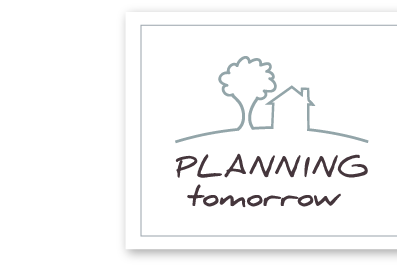When done well, Universal Design elements
are virtually invisible in the home.However, few homes or home features will ever be completely universal. Ones needs will certainly vary by individual whether at first occupancy or due to an accident, illness or aging. There will always be a need for customized, accessibility features or assistive technology to bridge the gap. The goal of Universal Design is to create an environment where those occasions are less frequent and less costly.
Universal Design follows seven principles to help extend the safety, use and accessibility in the home. They are as follows:
Seven Principles of Universal Design
- Equitable Use
Identical or equivalent use for all users. The design is useful and marketable to people with diverse abilities. - Flexibility in Use
Ease of use for a wide range of preferences and abilities.
(e.g. right vs. left handed) The design accommodates a wide range of individual preferences and abilities.
- Simple and Intuitive Use
Accommodates a wide range of literacy and language skills. Use of the design is easy to understand, regardless of the user’s experience, knowledge, language skills, or current concentration level. - Perceptible Information
Use redundant presentation of essential information
(sight, hearing…) The design communicates necessary information effectively to the user, regardless of ambient conditions or the user’s sensory abilities.
- Tolerance for Error
Minimize hazards for unintentional or accidental use. The design minimizes hazards and adverse consequences of accidental or unintended actions. - Low Physical Effort
Minimize sustained effort while maintaining a neutral body position. The design can be used efficiently and comfortably and with minimum fatigue. - Size and Space for Approach and Use
Provide adequate space for a standing or seated user. Appropriate size and space is provided for approach, reach, manipulation, and use of user’s body size, posture, or mobility.
We’d love to explain to you (or better yet, show you!) how these principles work in action.
Contact us today for your Aging in Place audit and to learn more about Universal Design in your home.
For more information on Universal Design visit NC State University’s site: www.universaldesign.com

